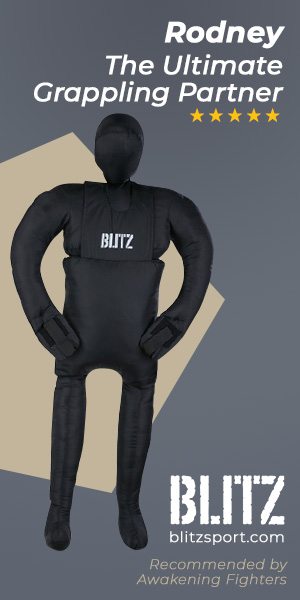 An instructor shows how to deal with two attackers / Photo Source: Hybrid Fight Academy, Glasgow
An instructor shows how to deal with two attackers / Photo Source: Hybrid Fight Academy, Glasgow
Summary
Hybrid martial arts is a style of fighting that uses multiple disciplines instead of one. It mixes different techniques and forms one powerful system that works for the practitioner. There are different forms of hybrid martial arts, but they all have one philosophy: martial arts should foster free expression. Students are encouraged to be flexible and self-aware. The style one practices should be borne out of the study and experiences one has had with different forms of martial arts. Hybrid martial arts is often linked with mixed martial arts, but they are different. Mixed martial arts combines multiple styles. Hybrid martial arts combines aspects within the various disciplines and gives them a different interpretation.
History / Origins
ETYMOLOGY
Hybrid martial arts is a term that is used to describe the mixing of styles and traditions. Hybrid fighting systems incorporate different techniques and theories. It is sometimes referred to as “freestyle fighting” or “mixed martial arts.”
BEGINNINGS
The idea of mixing or hybridizing martial arts can be traced back to the 19th century, when Asian traditions became popular outside of Asia. The concept of hybridization took off in the 1960s and 1970s with the development of Jeet Kune Do by Bruce Lee. Jeet Kune Do used aspects of Wing Chun, Boxing, Fencing and other movements that Lee found effective. Besides Bruce Lee, other figures have been credited with the creation and development of hybrid martial arts:
- Yoseikan Budo, developed by Minori Mochizuki in 1931. Mochizuki fused techniques from other martial arts and encouraged students to learn other fighting techniques.
- Zen Do Kai, developed by Bob Jones and Richard Norton in 1970. It has heavy influences of Muay Thai, Taekwondo, Boxing, Brazilian Jiu-Jitsu and Judo
PRESENT DAY
In recent times, others have emerged as developers of new Hybrid styles. Although many well-known styles like Jeet Kune Do are still practiced, hybrid martial arts has managed to do what it was meant to do: evolve. The evolution of different forms is tied with the willingness of a practitioner to delve into other martial art forms, to defy limits and find a form that gives the best expression to what the body is capable of achieving. One martial artist credited with advancing the ideals of hybrid martial arts is Fred Degerberg, a former student of Robert Beal, who created Bushido in the 1970s. Degerberg’s commitment has spanned decades and, with him, the mastering of styles, including Kali, Eskrima, Ninjutsu, Arnis, Taekwondo, Kung Fu, Savate, Aikido, Wrestling, Judo, Jeet Kune Do, full-contact Karate, Bando, etc. He is also an expert in weapons such as swords, nunchakus, balisongs, axes, shuriekens, sticks, whips, batons and chains. Due to the versatility of hybrid martial arts, many instructors become fight-sequence advisors in movies and television.
FOLKLORE
One of the earliest forms of Hybrid martial arts is Choy Li Fut founded by Chan Heung of China in 1836. Heung received instructions from different masters, notably Buddhist monk Choy Fook who was one of the few people taught Shaolin Kungfu, which was passed down by one of the few remaining monks who survived the destruction of the Shaolin temple during the Qing Dynasty. The Fut in Choy Li Fut relates to Buddhism and the Shaolin temple’s way of life.
Other examples of early hybrid martial arts:
- In 1898 Edward William Barton-Wright, a railway engineer, incorporated elements from martial arts he had studied (Jujutsu, Boxing, Savate and Fencing) into a new form of fighting he named “Bartitsu.”
- Gichin Funakoshi created Shotokan Karate in 1936 by fusing the best elements of two popular Karate styles: Shōrei-ryū and Shōrin-ryū.
- Minoru Mochizuki created Yoseikan Budo in 1931 by fusing elements of Kobudo, Judo, AikiJujitsu and Jujutsu. Budo encouraged students to find their own sense of truth by learning different techniques and philosophies. This would later tie in with Jeet Kune Do, believing that a good martial artist does not give in to the limitations of one style, but is free to use whatever works best.

| COUNTRY OF ORIGIN: | Unknown |
| TIME OF ORIGIN: | - |
| PRACTISED: | |
| FOUNDERS: | – |
| FOCUS: | – |
| ALSO KNOWN AS: | - |
| PARENTHOOD: | – |
| DESCENDANTS: | – |
| OLYMPIC SPORT: | No |
NOTABLE FEMALE PRATITIONERS
–
NOTABLE MALE PRATITIONERS
–

| NATIONALITY: | |
| DATE OF BIRTH: | |
| AGE: | |
| BORN: | – |
| RESIDENCE: | - |
| ALSO KNOWN AS: | - |
| OCCUPATION: | – |
| JOB TITLE: | – |
RELATED FEMALE INDIVIDUALS
–
RELATED MALE INDIVIDUALS
–

| COUNTRY: | Unknown |
| LOCATION: | - |
| FOUNDED: | - |
| OPERATIONAL: | |
| FOUNDERS: | – |
| ALSO KNOWN AS: | - |
| SECTOR: | – |
| DESCRIPTION: | – |
| WEBSITE: | - |
ACOSSIATED INDIVIDUALS
–
ACOSSIATED ATHLETES
–
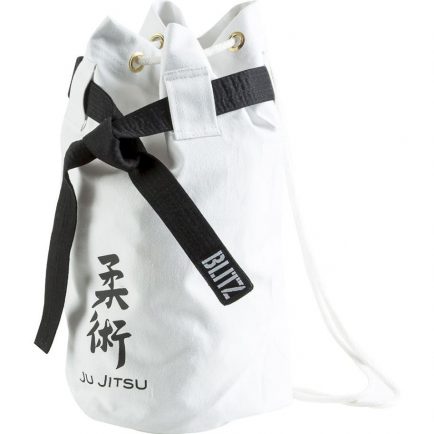
Jujitsu Duffle Bag
Drawstring duffle bag made from 14oz cotton canvas. Black belt detail that fastens at the front of the bag. Single cord shoulder strap.
£10.99
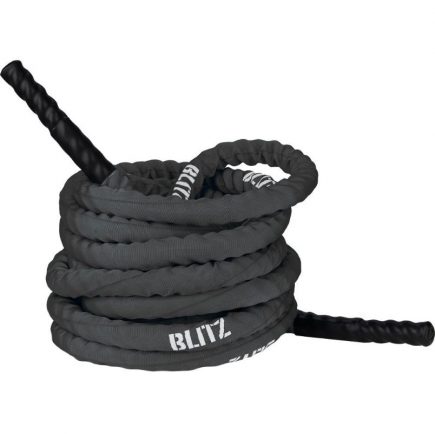
38mm Battle Rope
Versatile training tool, ideal for any ability from beginners to elite athletes. Helps to use multiple muscle groups simultaneously.
£123.99
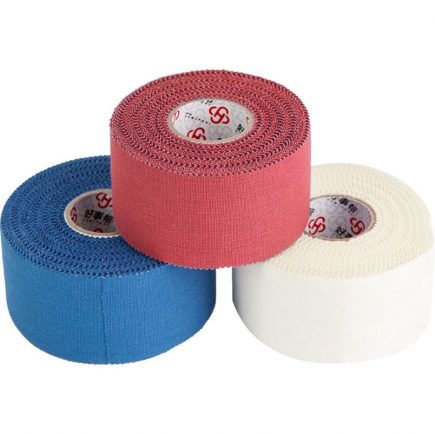
Blitz Zinc Oxide Tape
Zinc oxide tape is a non-stretchy, multi-purpose tape that provides rigid support and immobilisation of injuries. 3.8cm wide.
£4.99

Blitz Hot & Cold Pack
Use warm for effective relief from muscular and joint aches and pains and cold for reducing swelling and inflammation.
£3.99

Waist Resistance Trainer
Requires two people. One provides resistance by holding the handle whilst the other runs when securely fit into the waist harness.
£36.99
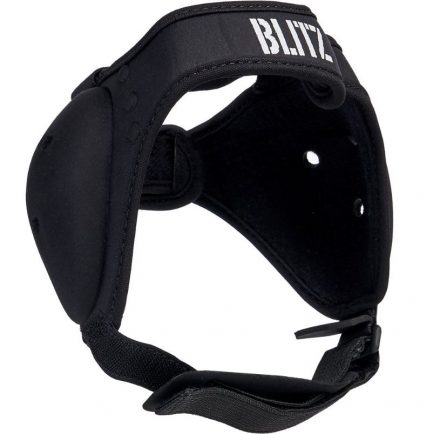
Grappling Ear Guard
The strategically placed ventilation holes around the ears not only offer maximum breathability but, also enhance hearing.
£14.99

Power Lifting Bag
Increase the intensity of your workout and choose the ideal level of weighted resistance to suit your training plan. 52cm long x 21cm diameter.
£55.99
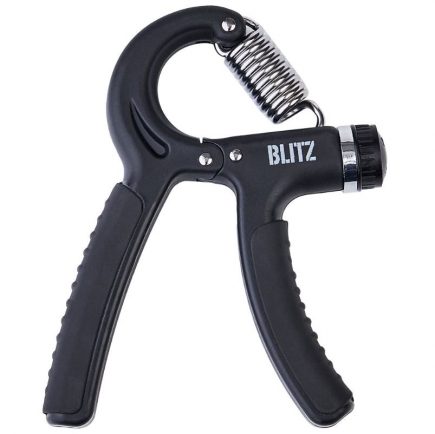
Adjustable Hand Gripper
Train your fingers, hand grip and forearm with our Adjustable Hand Gripper. Ergonomically designed to fit small to large hands.
£11.99
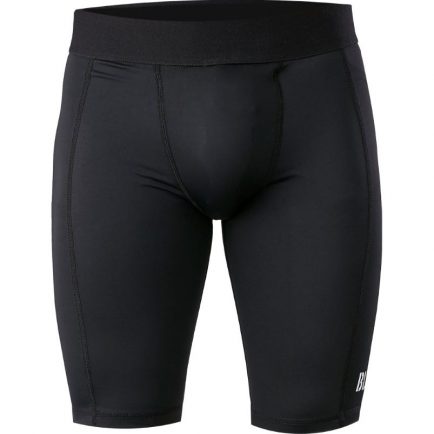
Compression Shorts
Blitz Trojan Compression Shorts with groin cup are perfect when training or competing to provide additional support.
£30.99

Junior Grappling Dummy
Heavy duty canvas grappling dummy. Ideal for Judo, Jujitsu, BJJ and MMA. All limbs are movable, and all areas are be struck.
£95.99
Practices
PHILOSOPHY
There are different schools of thought that govern Hybrid martial art styles, but they all have one common philosophy: open-mindedness, freedom to pursue other ideas and finding one that works. Bruce Lee represented what can be achieved when a fighter refuses the constraints of a single style. Hybrid martial arts prepares fighters to be ready for the unknown and the unseen. The greatest ideal is personal expression by finding the best parts and applying what works.
TECHNIQUES
This section needs collaborators. If you want to contribute, please email info@awakeningfighters.com
TRAINING
This section needs collaborators. If you want to contribute, please email info@awakeningfighters.com
RANKS & GRADING
This section needs collaborators. If you want to contribute, please email info@awakeningfighters.com
WEIGHT CLASSES
This section needs collaborators. If you want to contribute, please email info@awakeningfighters.com
Rules / Rulesets
RULES / RULESETS
Hybrid martial arts have different rules. In competition they rely more on rules set for mixed martial arts. Since hybrid martial arts adopts a different fighting style, the universal rule in a competitive setting is exerting little physical harm to an opponent, making the opponent submit as quickly as possible instead. There are differing weight classes from organisation to organisation.
Fighters are often required to wear protective gear like gloves and mouth guards. In professional matches, there is a time limit for each round. Rules and regulations vary geographically. In Japan and some European countries, there is greater freedom to fight “no holds barred,” but there is always a structure to keep hybrid martial arts from being a blood sport.
Organisations & Historical Places
ORGANISATIONS
(If you are interested in having your organisation listed, please contact us at info@awakeningfighters.com)
HISTORICAL PLACES
This section needs collaborators. If you want to contribute, please email info@awakeningfighters.com
Popular Culture
POPULAR CULTURE
Hybrid martial arts has appeared in popular culture for decades. Many people attribute Bruce Lee for bringing it to Hollywood. There are many pop culture icons who have brought their own expertise:
- Donnie Yen is a well-known actor, choreographer and student of martial arts disciplines Wing Chun, Muay Thai, Kickboxing, Brazilian Jujitsu and Wushu.
- Randy Couture turned to movies and has been in films like The Expendables following his successful fighting career.
- Gina Carano, a professional mixed martial arts practitioner, starred in Haywire, Fast and Furious 6 and In the Blood.
- Quinton “Rampage” Jackson reprised the role of Mr T as B.A Barracus in the remake of the cult 1980s television series The A Team.
Besides movies, every fighting video game has hybrid martial arts incorporated as a style.
Useful Links
USEFUL LINKS
Links coming soon
References
REFERENCES
COLLABORATORS
No Collaborators found




